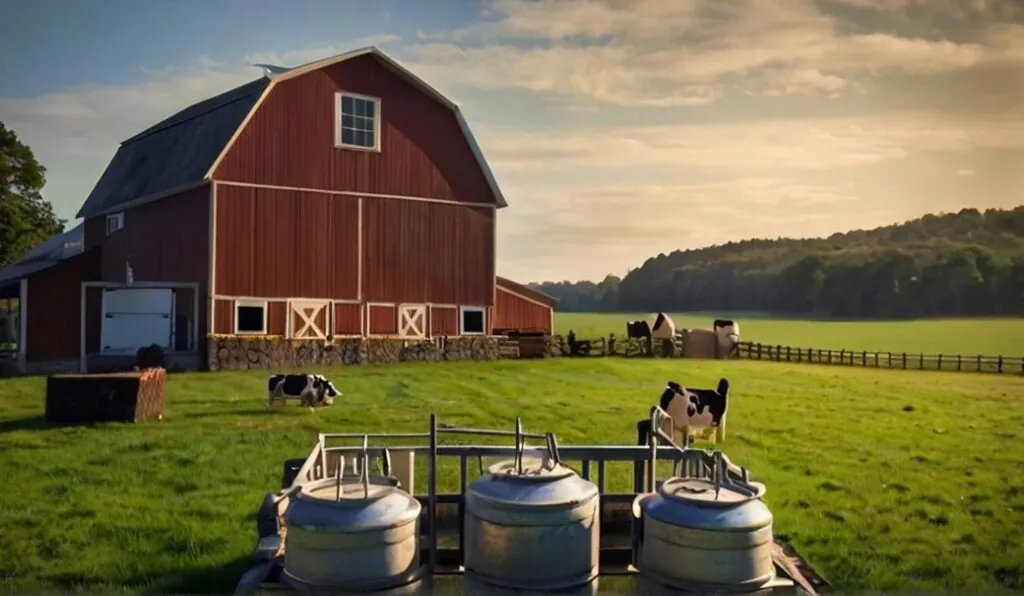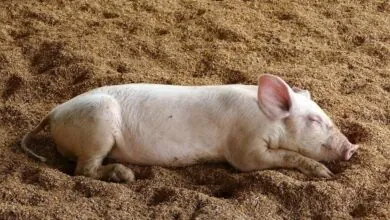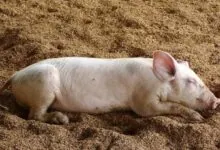NFWF Funds Conservation on Chesapeake Bay Dairy Farms

A collaborative effort led by Sustainable Chesapeake has secured a $1 million grant to enhance water quality and address climate change concerns in the Chesapeake Bay watershed. The project will pinpoint dairy farms across Pennsylvania, Maryland and Virginia.
Sustainable Chesapeake, along with the Alliance for the Chesapeake Bay, Maryland Virginia Milk Producers Cooperative Association, The Dairy Alliance and the American Dairy Association North East, has been awarded a $1 million grant from the National Fish and Wildlife Foundation (NFWF) to improve water quality and aquatic habitat in the Chesapeake Bay watershed.
Project Goals
The project will focus on employing agricultural best management practices (BMPs) and prioritizing riparian forest buffers to elevate water quality and aquatic habitats. The NFWF funding will be used to address the upfront coasts oftentimes linked with conservation practices, thereby accelerating implementation on participating farms. An approximated 20 acres of riparian buffers and over 130 conservation practices are anticipated to be installed.
Conservation Vital for Chesapeake Bay
The Susquehanna River – the Chesapeake Bay’s largest tributary – contributes nearly half of the bay’s total freshwater flow. Agriculture is the chief land use within watershed, encompassing 26% of the total land area and involving over 33,000 farms.
While food production is vital, it’s also the biggest source of nutrients and sediments entering the Chesapeake Bay through surface water runoff. The nutrients, expressly phosphorus – 40% contribution – and nitrogen – 50% contribution – are significant contributors to water quality degradation and pose challenges for aquatic habitats.
For more details about this project, visit the Alliance for the Chesapeake Bay website.
The news includes information about a separate program offered by the Maryland Department of Agriculture (MDA). The Maryland Small Acreage Cover Crop Program offers grants to support small farms and urban growers planting cover crops.
Cover crops are planted between cash crops to improve soil health, increase crop yields, protect water quality and enrich climate resilience. Eligible growers planting less than 10 acres of qualifying cover crops can apply for this program with a maximum financial assistance of $1,500 per grower per year. The deadline to apply is April 30th.
For more information about the Maryland Small Acreage Cover Crop Program, visit the MDA website or contact Bill Tharpe, program administrator at 410-841-5869.





